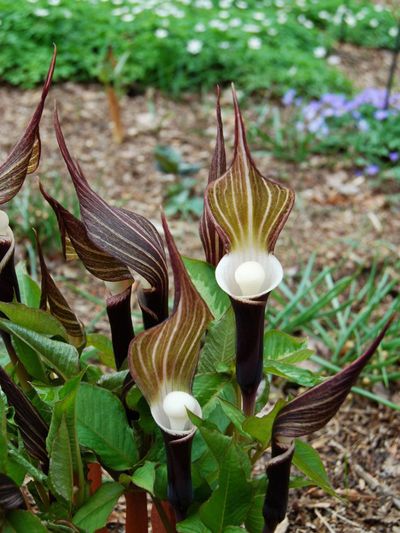Improving Clay Soil Beforehand
Amend clay soil with coarse builder’s sand while working in large amounts of well-finished compost. You can also amend clay soil with other finished-off materials such as rotted manure, but sand and compost are most effective. These improve its texture and its tilth, allowing for better drainage. Clay soil remains wet after rain with puddling and poor drainage, causing rot on plant roots. When it dries out, it often becomes so hard that roots cannot penetrate it. When amending clay soil, try to improve large areas and not just planting holes. If you have not yet started a compost pile in your yard, this is a good time to think of adding one. You can control the quality of ingredients while saving money. If it is too difficult to amend the soil because of tree roots or other underground issues, consider berms or raised beds for your plantings. Locate these a few feet above your clay ground for a planting alternative.
Clay Tolerant Shade Plants
If you want to try some part shade or full shade plants in clay soil, the following plants may offer the best performance. Note: These will grow in clay soil, but some do best in a part-sun spot. Be sure to research before planting and check the sun availability in your clay soil locations.
Perennial Plants for Shady Clay
Goats beard (appreciates part-sun spot)
Salvia (gets leggy if not getting part sun)
Heliopsis (needs part sun)
Hosta
Jack in the pulpit
Bergenia
Astilbe (prefers some sun)
Daylily (needs part sun)
Hepatica
Cardinal flower (tolerates full shade but prefers some sun)
Indian pink (full shade)
Planting Ornamental Grass Shade Plants in Clay Soil
Experts agree that some ornamental grasses don’t mind heavy clay soil, but they will do better in a part sun location. Partial shade-tolerant clay plants include these grasses:
Feather reed grass
Miscanthus
Pampas grass
Dwarf fountain grass
Switchgrass
Silver grass
